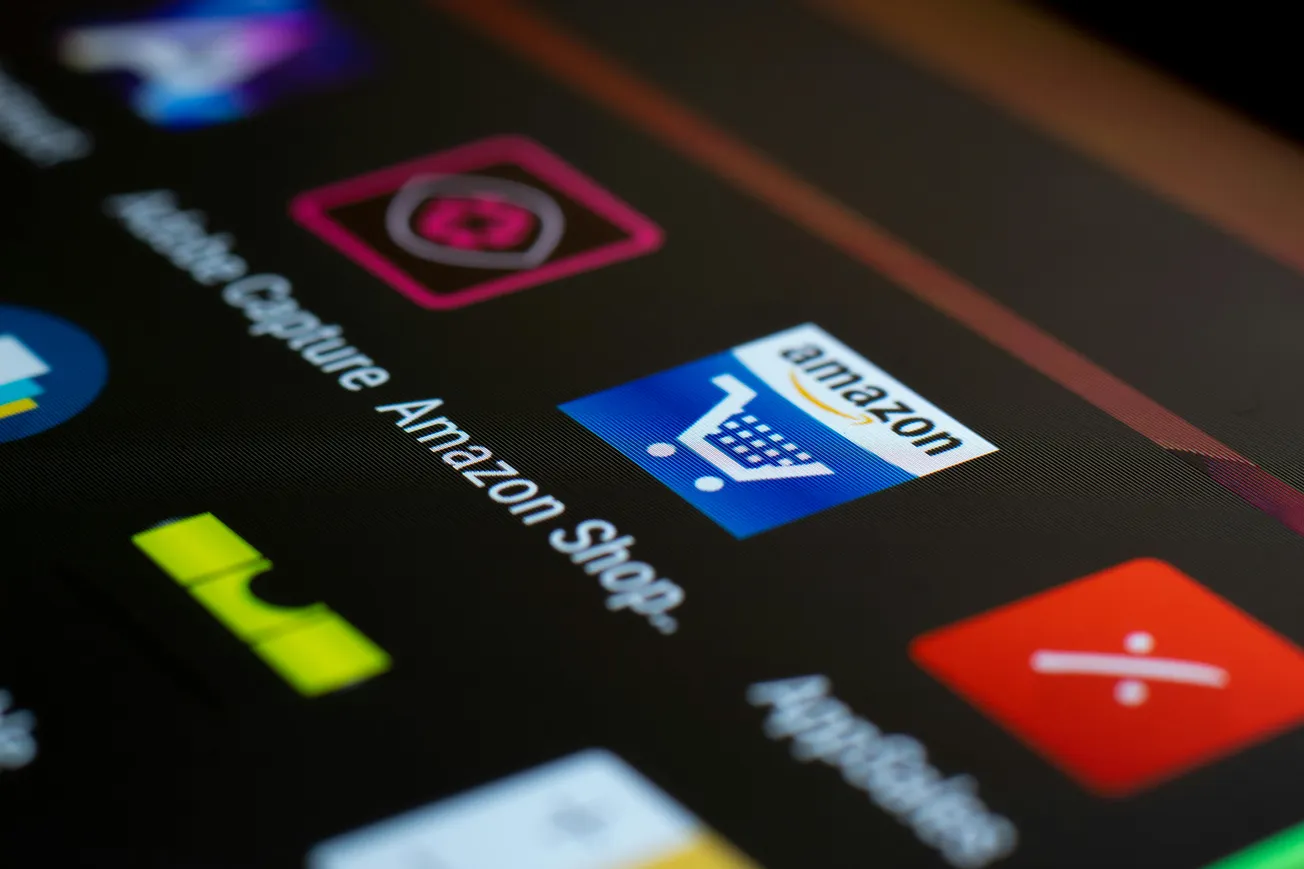On Monday, AWS, the cloud division of Amazon.com, Inc., suffered one of its most significant outages in recent years, originating in its US‑EAST‑1 data‑centre region and rippling across the globe.
The disruption impacted thousands of companies, millions of users, and underscored risks for retailers relying heavily on cloud infrastructure.
What Happened
Early Monday morning, AWS reported increased error rates and latencies tied to internal DNS resolution issues within the EC2 network in US‑EAST‑1. Services such as Snapchat, Fortnite, Signal, streaming platforms, e‑commerce checkouts, and educational tools like Canvas were among those impacted.
Although AWS declared the incident fully resolved around 6 p.m. ET, some services continued to process backlogs and recover.
Why It Matters to Retail & Omnichannel Business
- Retail systems hit at the core – Many omnichannel retailers rely on AWS for everything from e‑commerce storefronts to point‑of‑sale sync, inventory management, and loyalty program data. During the outage, brands may have seen sales disruptions, order‑processing delays, or communication gaps across channels.
- Single‑provider risk exposed – The event underscored how dependence on one major cloud provider can cascade into business interruption. For retailers executing seamless online‑to‑offline experiences, any break in the digital flow affects the entire shopper journey.
- Data and personalization impacted – Smart merchandising, targeting, and personalization engines—especially those using real‑time analytics in the cloud—were likely disrupted. Retailers must anticipate such events and build contingency pathways.
- Omnichannel coordination challenged – When backend systems pause, unified loyalties, inventory checks, and fulfillment coordination between brick‑and‑mortar and digital get compromised. Retailers with rigid reliance on connected systems take the hit first.
Strategic Takeaways for Retail Leaders
- Build fault‑tolerant infrastructure: Consider multi‑cloud or hybrid‑cloud approaches, especially for mission‑critical applications.
- Prioritise resilience in omnichannel: Relying on real‑time data is powerful—but during outages the fallback must be defined: offline procedures, manual overrides, or alternate routing.
- Test contingency plans regularly: Simulate system failures that impact checkout, inventory sync, or loyalty engagement to understand business‑risk exposure.
- Communicate proactively with customers: If disruption affects orders or delivery times, transparent messaging helps preserve trust.
- Revisit vendor relationships: Negotiate contracts that recognise outage risk, SLAs, and recovery‑time obligations for cloud‑hosted services.
The AWS outage represents far more than a technology hiccup—it’s a wake‑up call for retailers operating in an omnichannel‑driven world.
As businesses push toward tighter integration, personalization, and real‑time responsiveness, they must also invest in the invisible architecture that supports that ambition.
Resilience isn’t optional—it’s foundational.









